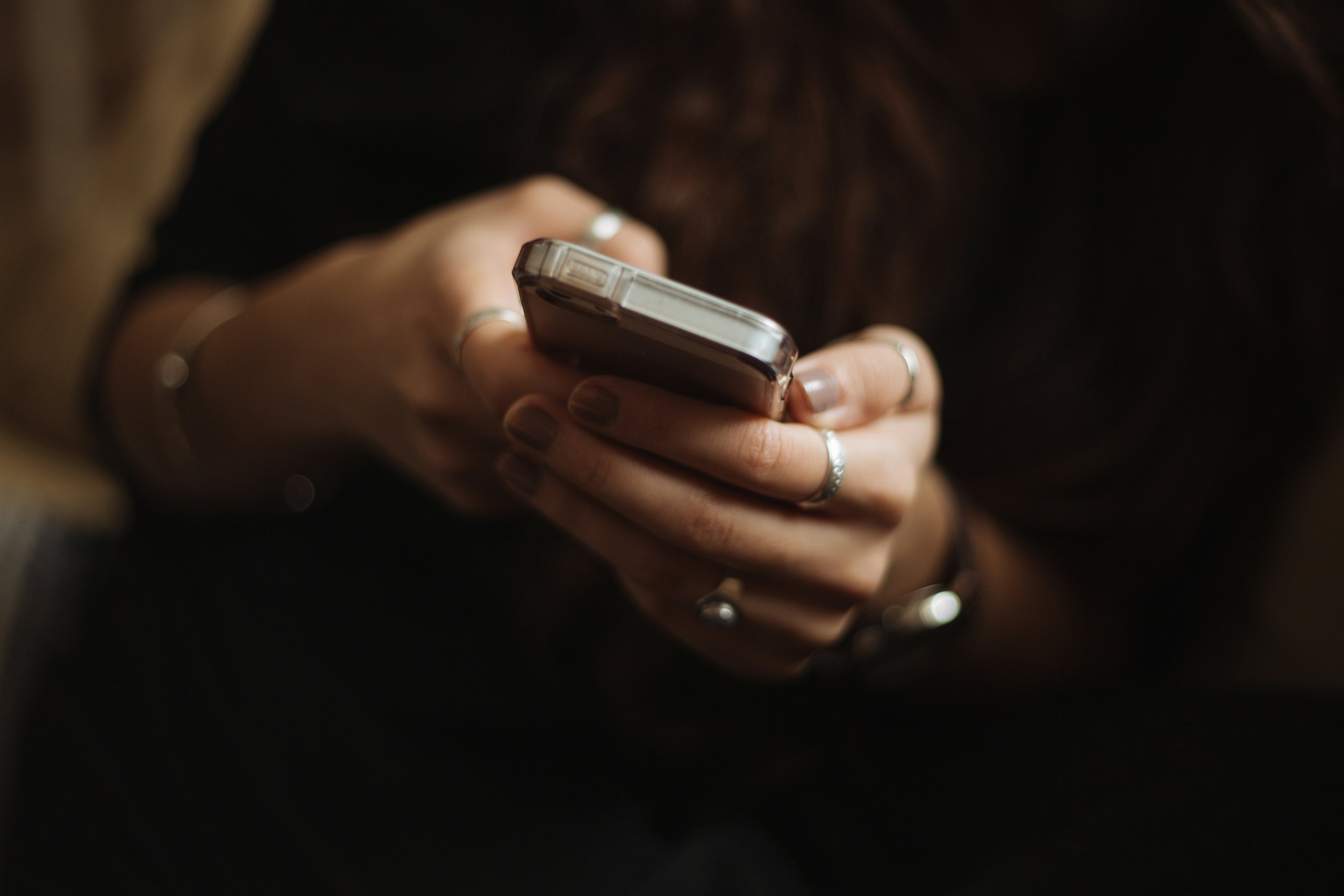How Social Media Impacts Body Image and Eating Disorders
It’s not surprising that research connects social media use to body image issues and eating disorders. In a study conducted in Australia and New Zealand, nearly 52 percent of girls ages 13 and 14 with a social media account were likely to report disordered eating habits, including skipping meals or obsessive exercise. For boys in the same age group, 45 percent reported similar eating routines.
Connecting Social Media to Body Image Issues and Eating Disorders
Another study looked specifically at Instagram use and the presence of anorexia nervosa. Of 680 users who followed health-related accounts, 49 percent of them exhibited symptoms of anorexia. Unsurprisingly, the prevalence of the eating disorder increased with more Instagram use. A similar study of Twitter users did not show the same finding, suggesting that the picture-focus on Instagram is more likely to lead to body image issues.
Given the high number of images (many of them altered with editing programs or even created with artificial intelligence), social media often increases feelings of low self-esteem. discontentment, and jealousy. Moreover, many users report feeling pressured to post the “perfect” image. The constant desire to compare your body, eating habits, or exercise habits to other users may lead to increased shame and anxiety as well as other mental health issues, including eating disorders.
New Recommendations for Social Media Usage
At a time when young people are experiencing higher rates of eating disorder, anxiety, depression, and loneliness, there’s increasing evidence that social media use causes and worsens these mental health conditions. With this thought in mind, the American Psychological Association (APA) issued new recommendations for teenagers’ social media usage in May 2023. Let’s take a closer look at three of their suggestions.
1. Look for signs of problematic use.
It’s important to routinely check for common signs of “problematic social media use” — both for yourself and your loved ones, including children and young adults. Is it impacting sleep and/or physical activity? Is it getting in the way of daily activities, like school or work? Is it difficult to detach from social media? Note that your own attitudes towards and practices with social media can leave a lasting impression on the young people in your life.
2. Review social media feeds on a regular basis.
It’s also important to monitor the individual’s social media feeds. Minimize or stop exposure to content related to disordered eating, bullying, racism, suicide, and self-harm. Unsurprisingly, studies indicate that seeing this type of content may encourage similar behavior in some people.
These types of posts are more common on social media platforms than you may think. A recent survey discovered that around 33 percent of teenage participants saw photos and videos related to eating disorders at least once a month on Instagram, TikTok, Snapchat, and YouTube. Moreover, 40 percent of those surveyed saw content related to suicide at least once a month on Instagram and TikTok.
3. Limit comparison to online images.
Finally, the use of social media for comparison — especially around body shape and size or eating habits — should be limited. While young people will eventually need more privacy and freedom with their social media use, it’s imperative to maintain an open dialogue about their online activities.
To talk to a professional about eating disorder treatment, please reach out to our staff or schedule an appointment at The Kahm Clinic today.

